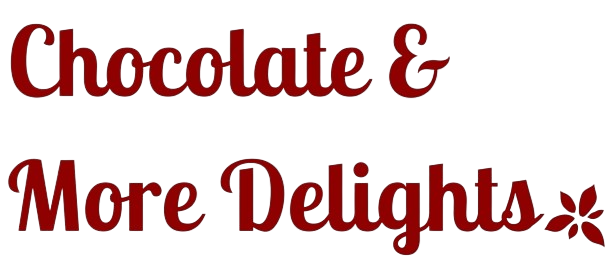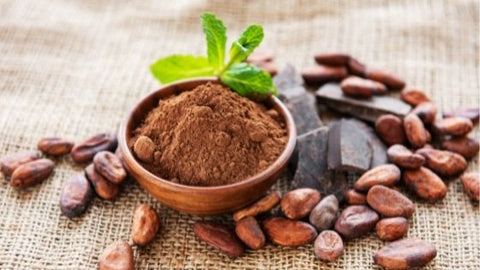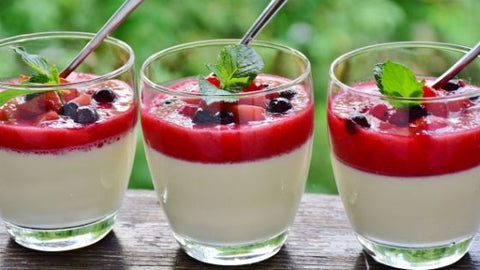The history of chocolate is just as rich and intriguing as its fascinating taste. While chocolate is one of the most well-loved foods in the world today, it was considered the food of the gods even during ancient times.
Ancient Mesoamericans believed that the cacao tree was sacred, which is why chocolate became known as the food of the gods. They would make a drink from cacao beans that was believed to have spiritual powers and mood-enhancing capabilities. This drink was consumed during sacred ceremonies of birth, death, and marriage by nobles, priests, rulers, and warriors.
Keep reading to delve into the compelling origins of chocolate. Learn how the Maya and the Aztec civilizations cultivated and used cocoa in the distant past. Find out what the role of Aztec leader Montezuma was in spreading the popularity of chocolate all over the world. Finally, explore interesting chocolate facts that will enhance your appreciation of chocolate.
Ancient History of Chocolate
Chocolate is a type of food created by drying, roasting, and grounding cacao pods. These pods, which contain about 40 cacao beans each, grow on cacao trees native to South and Central America. According to Britannica, the cacao tree was initially cultivated over 3,000 years ago by people who belonged to the ancient civilizations of Maya, Aztec, and Toltec. They used the cacao bean to concoct a bitter drink.
The name “chocolate” actually comes from "xocoatl,” a term used by the Aztecs to describe their bitter cacao beverage. The cacao tree’s Latin name, “Theobroma cacao,” literally means "food of the gods."
International History Of Chocolate
Chocolate eventually made its way from Central and South America to Europe and other parts of the world. Christopher Columbus was the first explorer who transported cacao beans to Spain after his fourth expedition in 1502, although it did not immediately become popular among the Spaniards.
Montezuma II, the Aztec ruler of Mexico, is traditionally believed to play a major role in spreading cocoa to other countries. History relates that Montezuma supposedly consumed gallons of chocolate daily as an aphrodisiac and energy drink. He was also known to share his cacao beans with his warriors. In 1519, Montezuma II served a cacao bean drink to Hernán Cortés, a Spanish conquistador. In turn, Cortés introduced the beverage to his fellow citizens in Spain.
In 1544, the Kekchí Mayan people of Guatemala gave cacao beans to Prince Philip during their visit to Spain. The first official shipment of cacao beans was recorded in 1585, when a ship from Veracruz, Mexico, arrived in Spain.
Spain has the distinction of being the first country in Europe to include chocolate in its national cuisine. It grew in popularity in the Spanish court after the hot cocoa drink was sweetened with vanilla and cinnamon.
Modern History Of Chocolate
Chocolate was a trendy drink in Europe by the 17th century. At first, cocoa beverages were only enjoyed by rich people, but the invention of the steam engine in the late 1700s led to the mass production of chocolate. The creation of Dutch cocoa or powdered chocolate, which was formulated by a Dutch chemist in 1828, resulted in the formation of solid chocolate.
In 1823 Jordan & Timaeus founded the first German "Chocolate and Chicorium Factory" in Dresden, Germany, which produced the first edible milk chocolate in 1839. The two entrepreneurs and their company gained a worldwide reputation. In 1847, Joseph Fry made a chocolate paste with moldable properties by adding cacao butter to the Dutch cocoa in the UK. Cadbury began to sell chocolate candies in England by 1868. After a few years, Nestle introduced milk chocolate to the market.
During the Revolutionary War from 1775 to 1783, chocolate was highly treasured by Americans. It was a basic part of the soldiers’ rations. At times, it was even used as a substitute for the salary of soldiers. During the 20th century, chocolate evolved from simple chocolate drinks and bars to a wide range of delicious desserts and culinary treats.
At present, chocolate continues to make an impact on a global scale. According to Business Wire, Technavio analysts predict that the worldwide chocolate market will grow to 8.51 MT by the end of 2022.
Interesting Chocolate Facts
Here are some engaging trivia tidbits about chocolate that will show you how much people value it:
- The ancient Mesoamericans used cacao beans as a form of local currency.
- Members of the Spanish royalty included cacao cakes in their dowries.
- Benjamin Franklin used to sell chocolate in his Philadelphia print shop.
- In Indonesia, a cocoa farm community once built a huge statue of hands that held a cocoa pod.
- People in France have a tradition of eating chocolate-shaped fish on April Fool’s Day.
- Around 40-50 million people across different countries are dependent on the cocoa industry for their livelihood, explains the National Confectioners Association.
Enjoy The Divine Taste Of Chocolate Today
Chocolate may be considered the food of the gods since the time of the Maya, the Aztecs, and Montezuma. However, everyone can enjoy its divine taste today. Be part of the rich history of chocolate by savoring your favorite chocolate treats. Bookmark this website now to learn more exciting facts about one of the most beloved foods in the world.
Like it? Share it!




